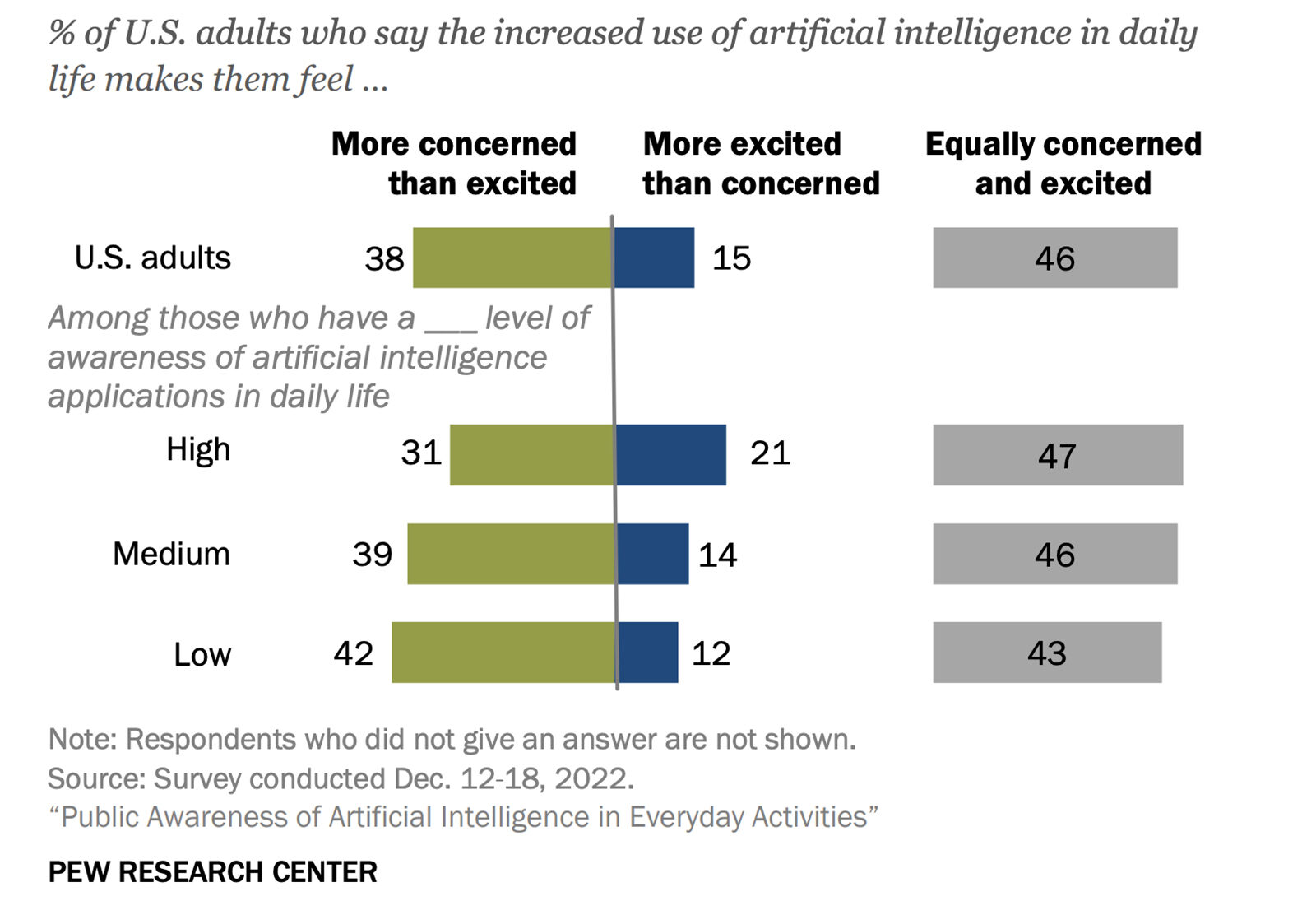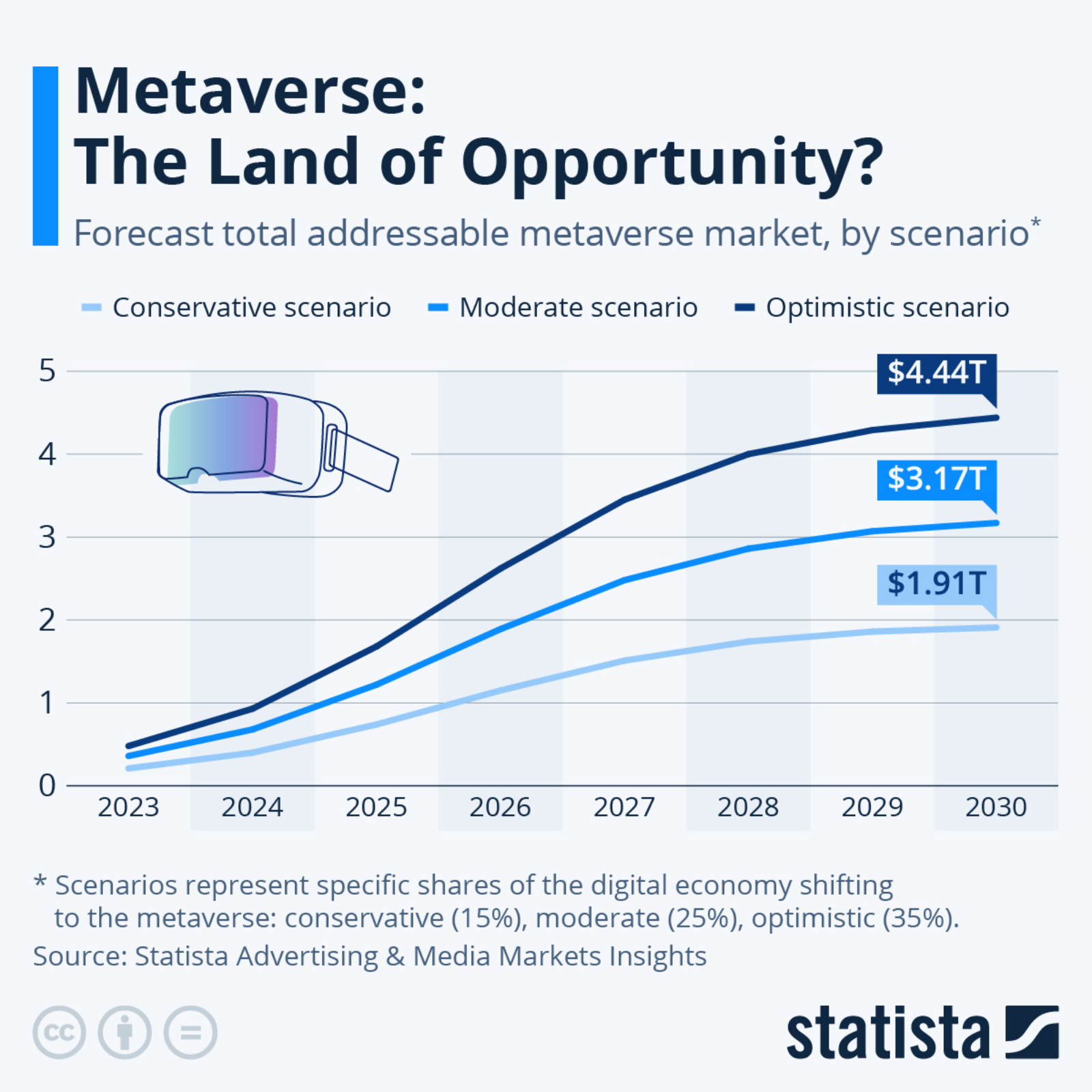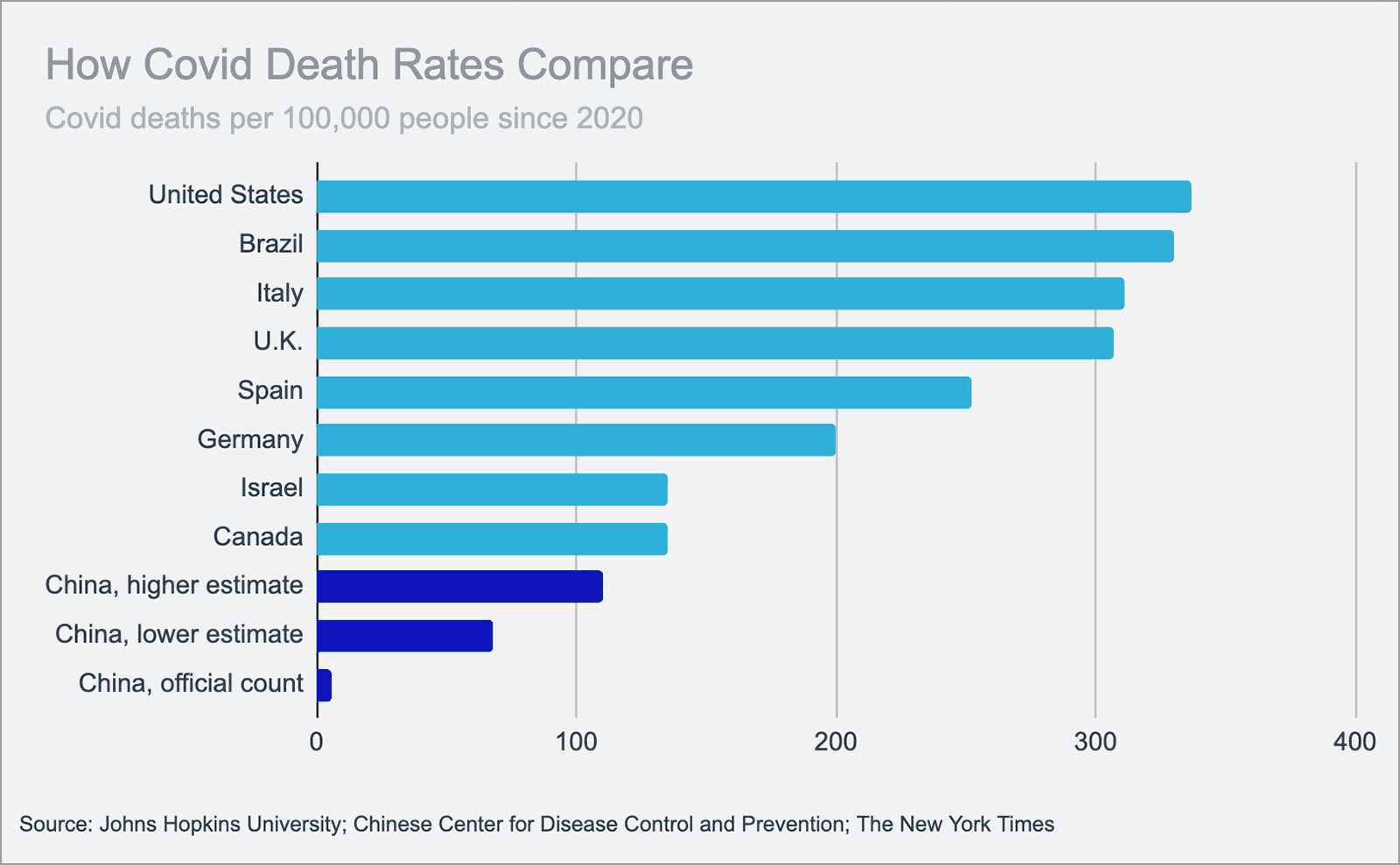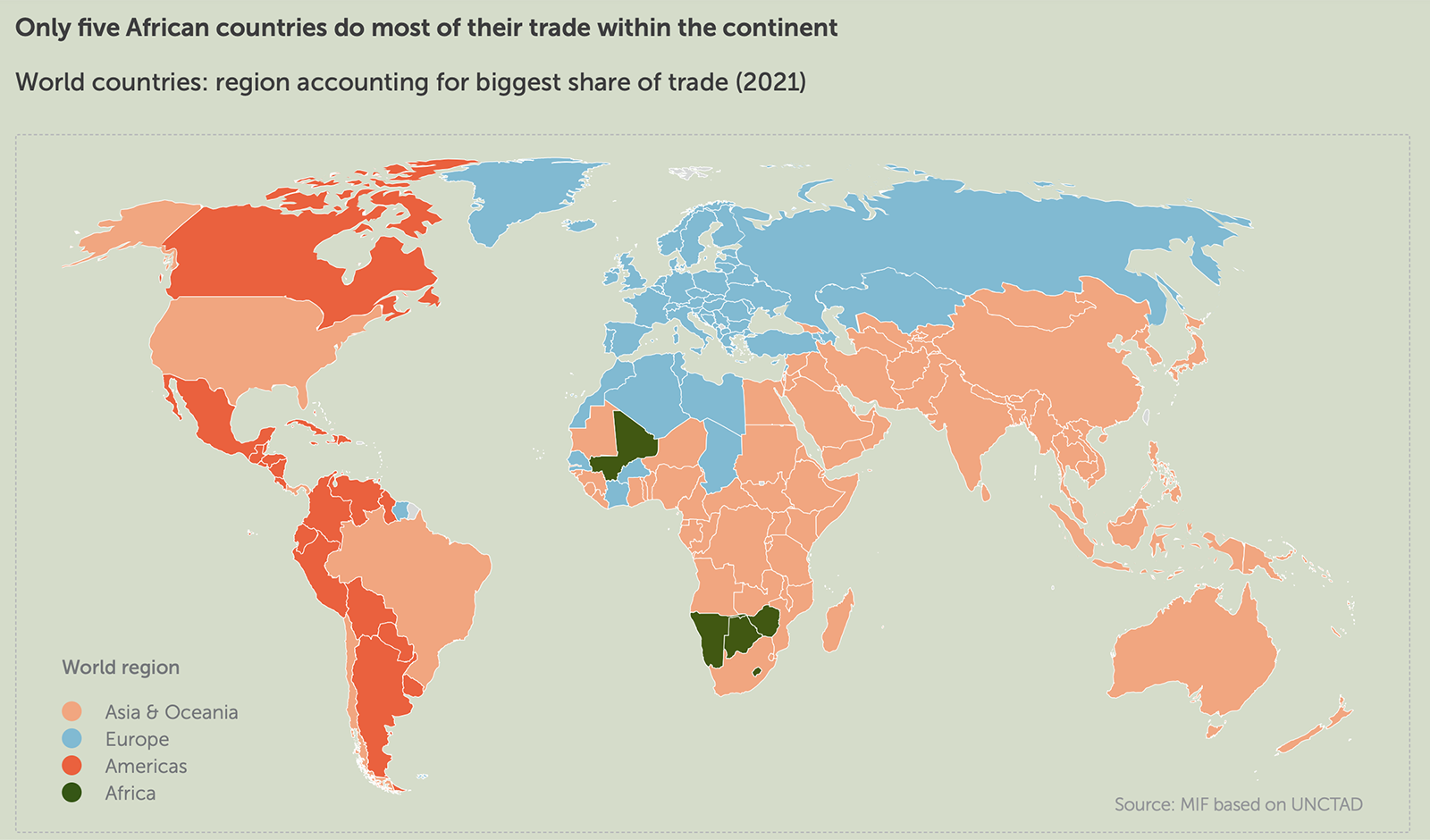US Struggles Most With Mental Health During COVID-19 Compared to Other High-Income Countries
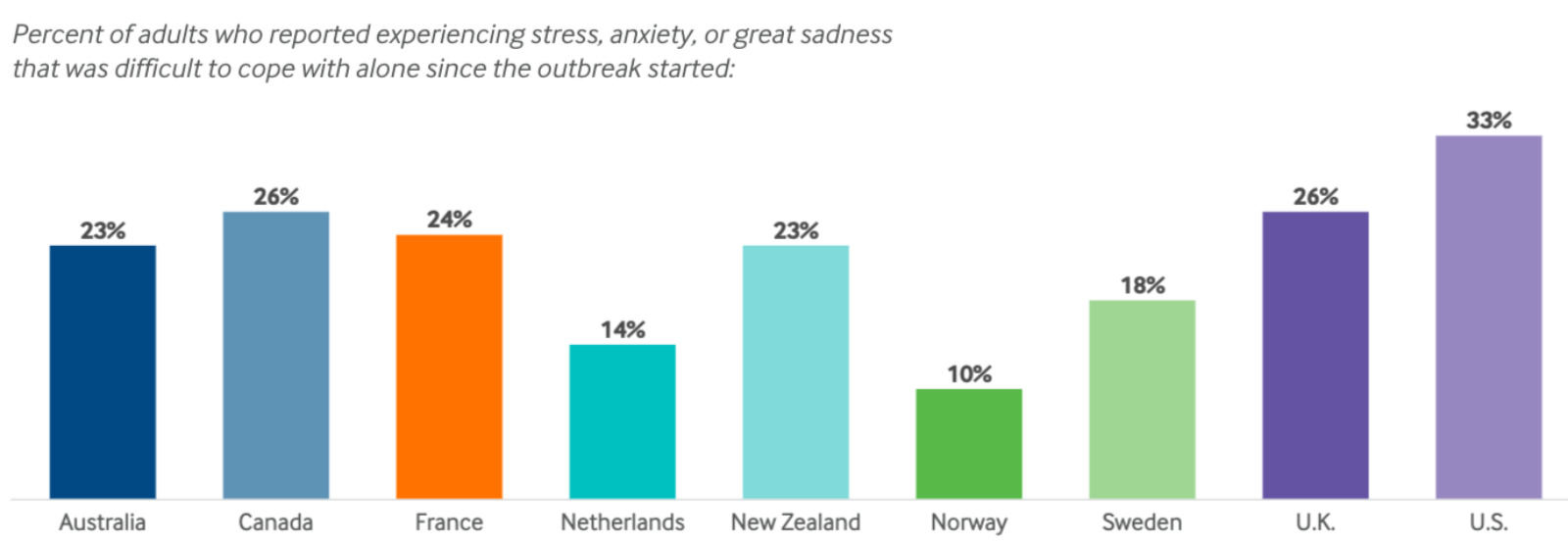
Source: The Commonwealth Fund
One-third of U.S. adults report experiencing mental health challenges since the coronavirus outbreak started compared to about a quarter or less in other high-income countries. Research from The Commonwealth Fund shows that the U.S. had the highest rate of mental health diagnoses among high-income countries even before the pandemic.
More than 30% of Americans say they are experiencing negative economic impacts due to COVID-19 — much higher than the other countries surveyed. And 56% of U.S. adults who experienced COVID-related economic difficulties also reported experiencing mental health issues.
Uncertainty about the virus’s spread, information overload and social isolation are some of the elements contributing to the decline in mental health, the fund’s research shows. A higher number of COVID-19 cases and low levels of public trust in the U.S. government are also factors. Only 33% of Americans believe that the U.S. government is responding well to the pandemic, while at least 49% of those in other countries reported positive views of their government’s response.


